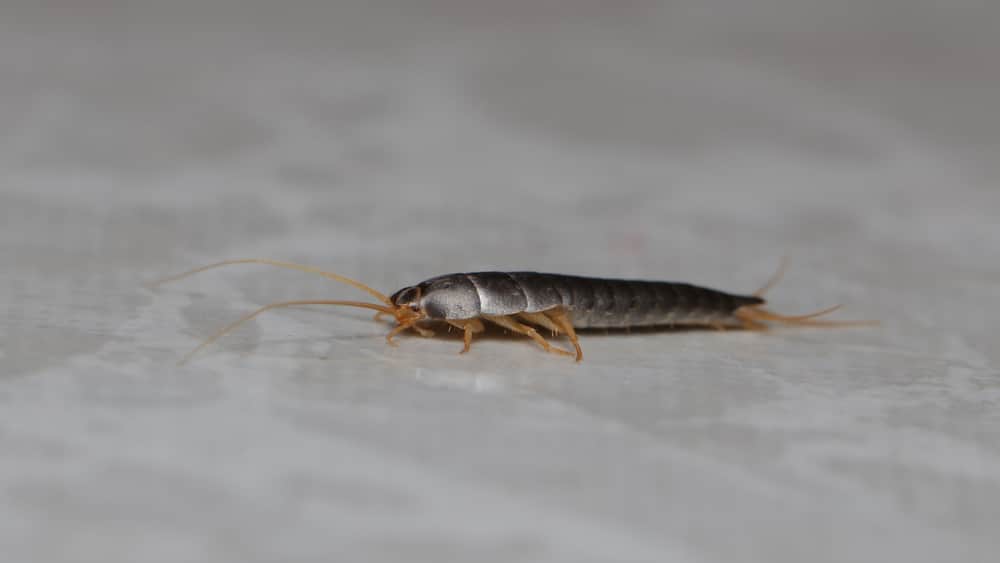Their name might be misleading, because silverfish do not actually live or swim in water. One thing that is true though is that they are one of the most common household pests around.

Regardless of where you live, you’ve probably encountered silverfish before. What does it mean if you find them in your home, and should you be concerned if you see them? Learn more about what attracts silverfish and what you should do if you see them around the house.
How Did Silverfish Get Their Name?
So, “fish” is a bit of a misnomer, but there must be a reason for the name, right? Silverfish are small, triangular shaped insects that range from about half an inch to one inch in length. They are usually a shiny gray or silver color. These insects are fast, and when they run, they resemble swimming fish. This is most likely the origin of their name.
What Attracts Silverfish?
Silverfish don’t live in water, but they are attracted to moisture. They feed on mold, which occurs in high moisture situations, and organic matter. They live in cracks and voids. Around your home, you’re most likely to find them in attics, basements, crawl spaces, bathrooms and kitchens. Houses with cedar shake roofs may be more prone to silverfish infestations because mold can easily form on these shingles.
These insects are frequently seen in bathrooms, but contrary to popular belief, they do not live in drains. They are attracted to the moisture in these rooms and will often crawl into the bathtub or sink. Once there, they can’t escape because they can’t climb up the slick porcelain surfaces, and they do not fly.
The silverfish diet consists mainly of starch. They can eat cereals, fabrics like cotton, wallpaper, book bindings, paste and glue. According to Penn State University, these insects are incredibly resilient, and they can survive for weeks without food and water, or up to 300 days without food if water is present.
Are Silverfish Harmful?
Generally speaking, silverfish are more of a nuisance than a threat. They are not known to carry pathogens that can cause disease, and they are not venomous, so they pose little to no risk to your health or well-being. Their shed skins can sometimes trigger allergic reactions in some people, however.
Because of their diet, they can damage household items. Look for tears or holes in paper or books, as well as yellowing or damage on wallpaper or bookbindings.
Tips to Help Prevent Silverfish in Your Home
While they’re not necessarily harmful, silverfish are still unwelcome guests. Keep the following tips in mind to help prevent them from invading your home:
- Reduce moisture – Repair any leaky faucets or pipes, and use a ventilation fan when you take a shower. If you have humidity issues in your home, consider using a dehumidifier.
- Eliminate food sources – Store items such as flour, cereal or grains in plastic airtight containers. Pet food should also be stored carefully and should not be left out overnight.
- Seal openings – Make sure you limit access points to your home by using caulk or sealants to close any cracks or crevices under and behind baseboards, around windows and door trim.
- Vacuum and dust regularly – Keep your home as tidy as possible. Dust to remove silverfish food sources, including human hair, and vacuum floors and upholstery to remove any live insects or eggs.
If you spot silverfish in your home, or want to help prevent them from getting inside in the first place, professional help is recommended. DIY pest control is often ineffective and can come with consequences. Contact the pest control professionals at Terminix® for help handling these insects.


